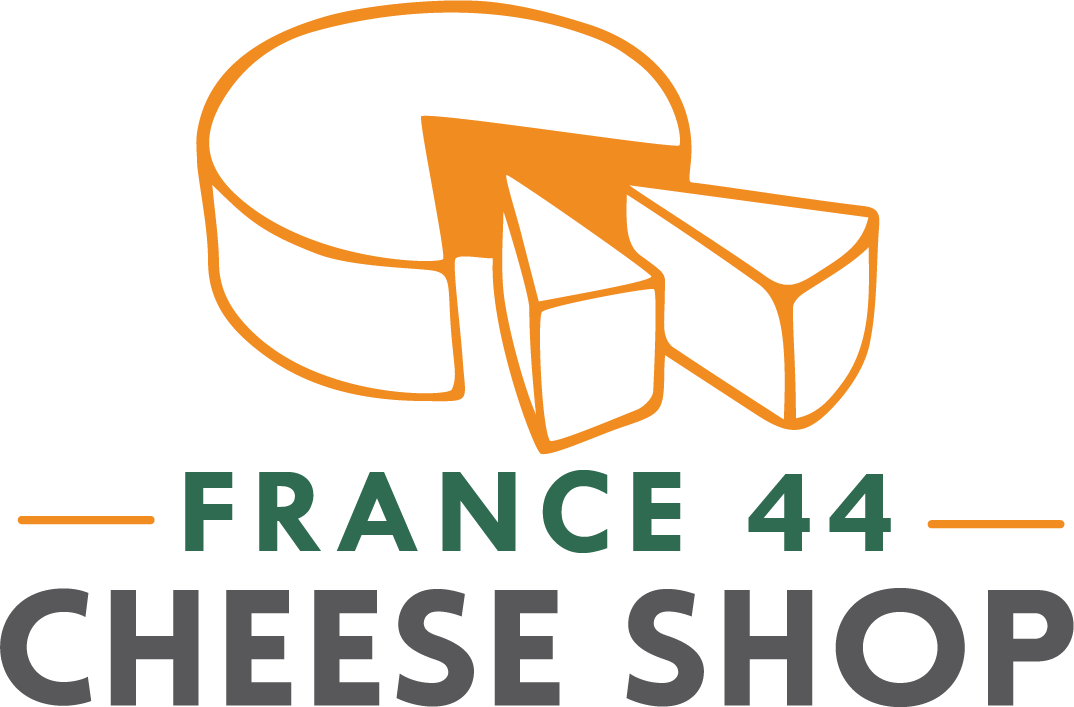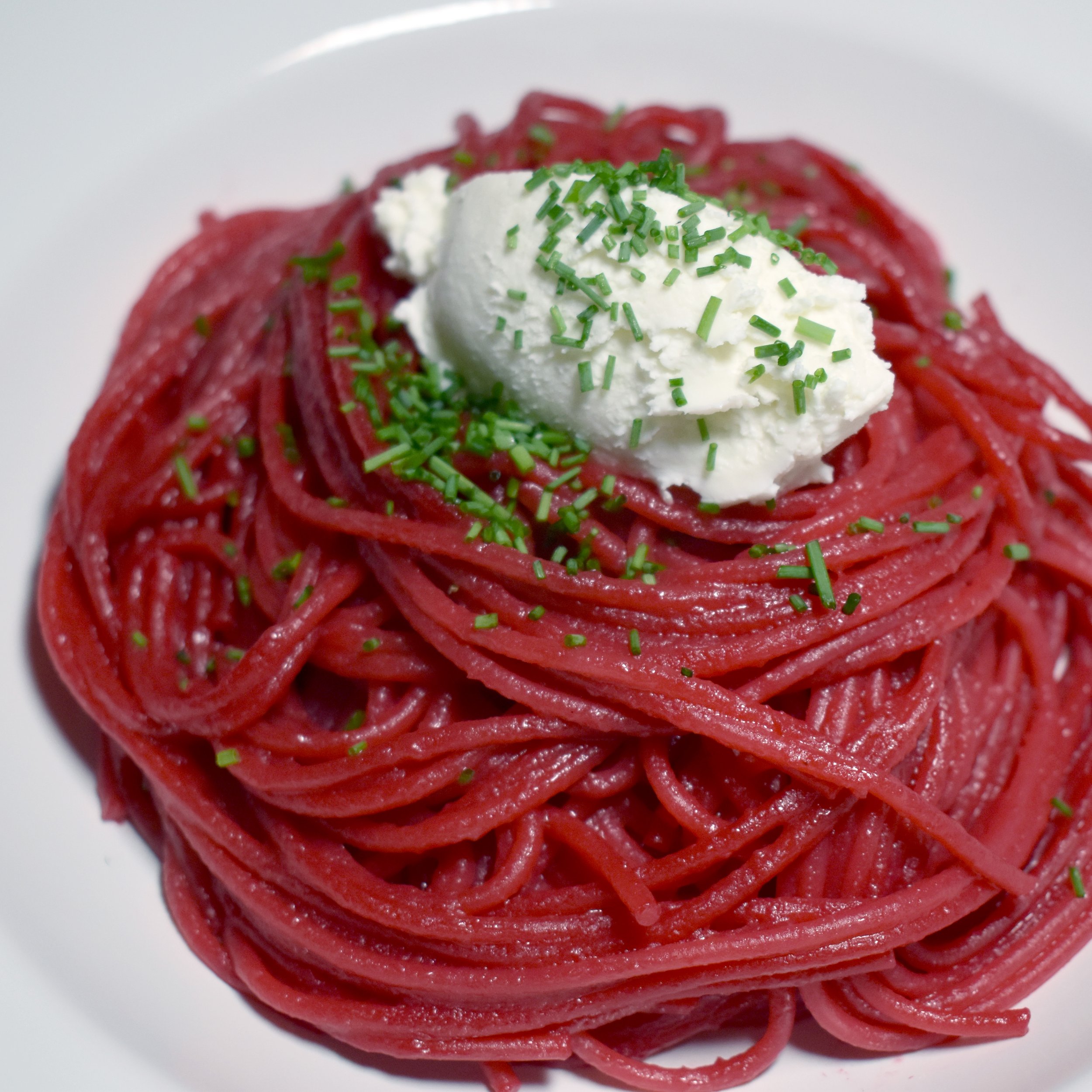No doubt you’ve seen the EXCELLENT movie, Ratatouille, about a little rat in Paris who just wanted to cook. The movie ends with beautiful plate of, you guessed it, ratatouille. If you haven’t seen the movie, go watch it tonight. You’re never too old for Pixar. And speaking of Ratatouille, August is peak ratatouille season. The most beautiful and flavorful tomatoes, eggplants, peppers and zucchini are ripening and abundantly available at local markets, and this epic French dish ties them all together perfectly.
There are two ways to make ratatouille: you can cook the vegetables separately, then together, to form a cohesive sauce. OR, you can beautifully slice each of the vegetables, and arrange them in a baking dish over a light tomato-pepper sauce, alternating slices for a show-stopping look, then bake. And when do we ever take the easy way out? We’re going for a showstopper! Don’t be intimidated, though, it’s truly an easy dish that lets the ingredients shine, and is great to make in advance if you’re hosting a crowd for dinner. Ratatouille can be served right out of the oven or at room temperature.
Now for the polenta, one of my favorite Italian foods. Polenta is a cornmeal porridge from the north of Italy, up in the Alps. One of the most memorable meals of my life was at a trattoria in a tiny Alpine town of Alagna Valsesia, where after some of the best charcuterie I’ve tried, and of course a lot of red wine, our main course consisted of a huge pot of the cheesiest polenta I’ve ever seen, placed in the middle of the table to be served family style. The simplicity of the dish, paired with the insane mountain views to our side, made for the perfect evening. Though that polenta was served on its own, polenta (or cheesy polenta!) is often topped with various meat and vegetable stews, and polenta is the perfect base for ratatouille because the porridge soaks up the sauce and provides a little more substance to the meal, without overpowering the flavors that the vegetables bring to the dish. I used Brabander cheese in my polenta. Brabander is a goat’s milk gouda made by Fromagerie L’amuse. The cheese melts beautifully and offers a light nutty flavor and richness to the polenta, without overpowering any of the other flavors in the dish. We also just got in some new Caciocavallo cheese from Puglia, Italy. Caciocavallo is similar to provolone and would also melt beautifully into polenta, for a slightly milder flavor.
Last note before we start: this dish gives you the perfect opportunity to go to your local farmers market this weekend! Minnesota farms grow some of the best produce around, and there’s nothing more therapeutic than a morning spent at the farmers market, admiring the buckets of cucumbers, bouquets of squash blossoms, and bundles of bok choy that line the tents. A few market recs: St. Paul Farmer’s Market (Sat & Sun, 7am-1pm) is hyper local, requiring that every vendor grow and process their products within 100 miles of the market. And for a smaller neighborhood market, Kingfield Market (Sundays, 8:30am-1pm) offers a unique selection of produce, honey, and crafts.
INGREDIENTS:
Vegetables:
1 zucchini, sliced in ⅛ inch rounds
1 yellow squash, sliced in ⅛ inch rounds
2 Italian eggplants - smaller, thinner eggplants are best here, sliced in ⅛ inch rounds
4 ripe roma tomatoes, sliced in ⅛ inch rounds
2 tablespoons EVOO
1 large bunch of basil
Sauce:
2 tablespoons EVOO
1 small yellow onion, diced
1 red bell pepper, diced
4 cloves of garlic, diced
2 pints cherry tomatoes, sliced in half (I’m using Sungold, any variety will work well)
½ cup dry white wine (Pinot Grigio works well)
Salt and pepper to taste
Polenta:
1 cup polenta (coarse cornmeal)
5 cups water
1 cup whole milk (some people use all water, some all milk. I think this ratio gives it a nice richness, while keeping a dish light and elegant)
¼ lb grated cheese (we recommend the Brabander for a melty, flavorful cheese that’s not too overpowering. Caciocavallo would work beautifully here too!)
4 tbsp unsalted butter
4 tsp salt
Black pepper to taste
DIRECTIONS:
Preheat oven to 375 degrees.
Lay out your sliced zucchini, yellow squash, and eggplant on a sheet pan and lightly salt each side. This will bring out the moisture in the vegetables. Let rest about 10 minutes, then dab dry with a towel.
Heat 2 tablespoons of olive oil in a small saucepan over medium heat until shimmering. Add onions and peppers. Cover until the vegetables begin to sweat, and cook on low heat until soft. Then add garlic, salt and pepper. After about 30 seconds, add the cherry tomatoes, Cook, stirring regularly for 2-3 minutes, then add the white wine, turn heat to simmer, and cover for 5-10 minutes. Lastly, remove the lid, turn heat to medium, and cook the sauce to evaporate some of the wine and thicken. Using the back of a wooden spoon, lightly smash the vegetables against the side of the pot to bring the sauce together, but leave some chunks for texture.
When your sauce is finished, pour It into the bottom of a 9x13 baking pan. Start to line up your vegetables atop your sauce, alternating zucchini, squash, eggplant, tomato, and basil leaves until the pan is filled. Cover with tin foil and bake about 45 minutes, then remove foil and continue to cook for another 30-40 minutes until some of the excess liquid cooks off.
When you take off the foil, it’s time to start the polenta. Bring your water and milk to a boil over high heat in a large pot. Reduce heat to medium. Gradually, begin to add in the polenta, whisking constantly. Once you’ve added all of the polenta, reduce heat to simmer, cover the pan and cook, continuing to whisk every 5-10 minutes for about 30 minutes, until the polenta is thickened. Remove from the heat and add the grated cheese, salt, and butter. Whisk to combine. Serve immediately, topped with the ratatouille, or if your timing is off/you’re cooking in advance, you can always leave the pot covered and reheat with a little bit more milk to loosen.










